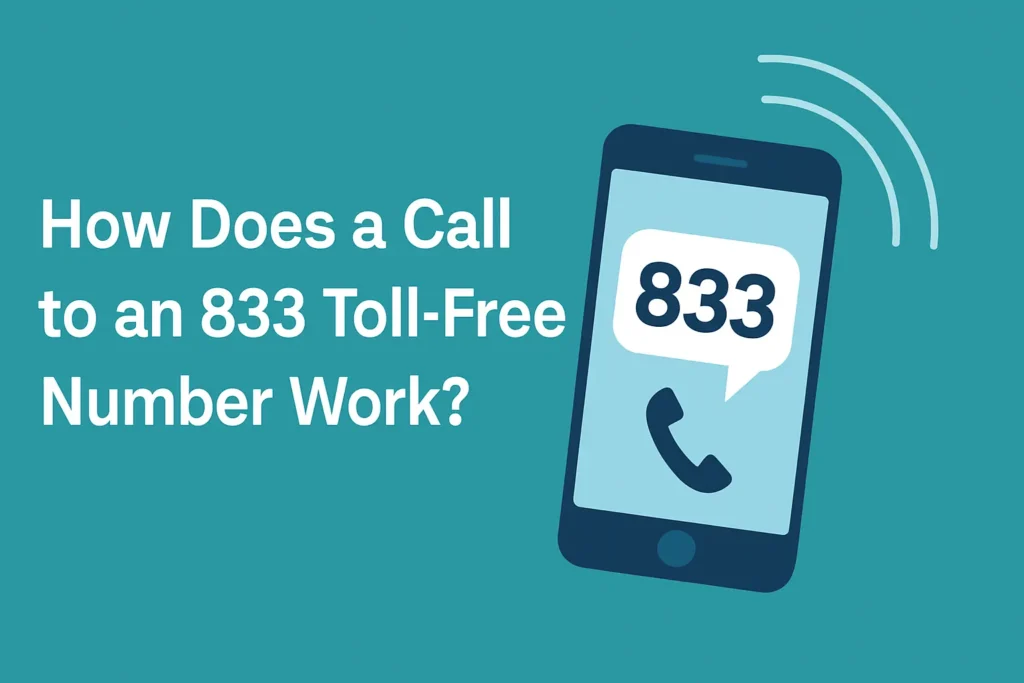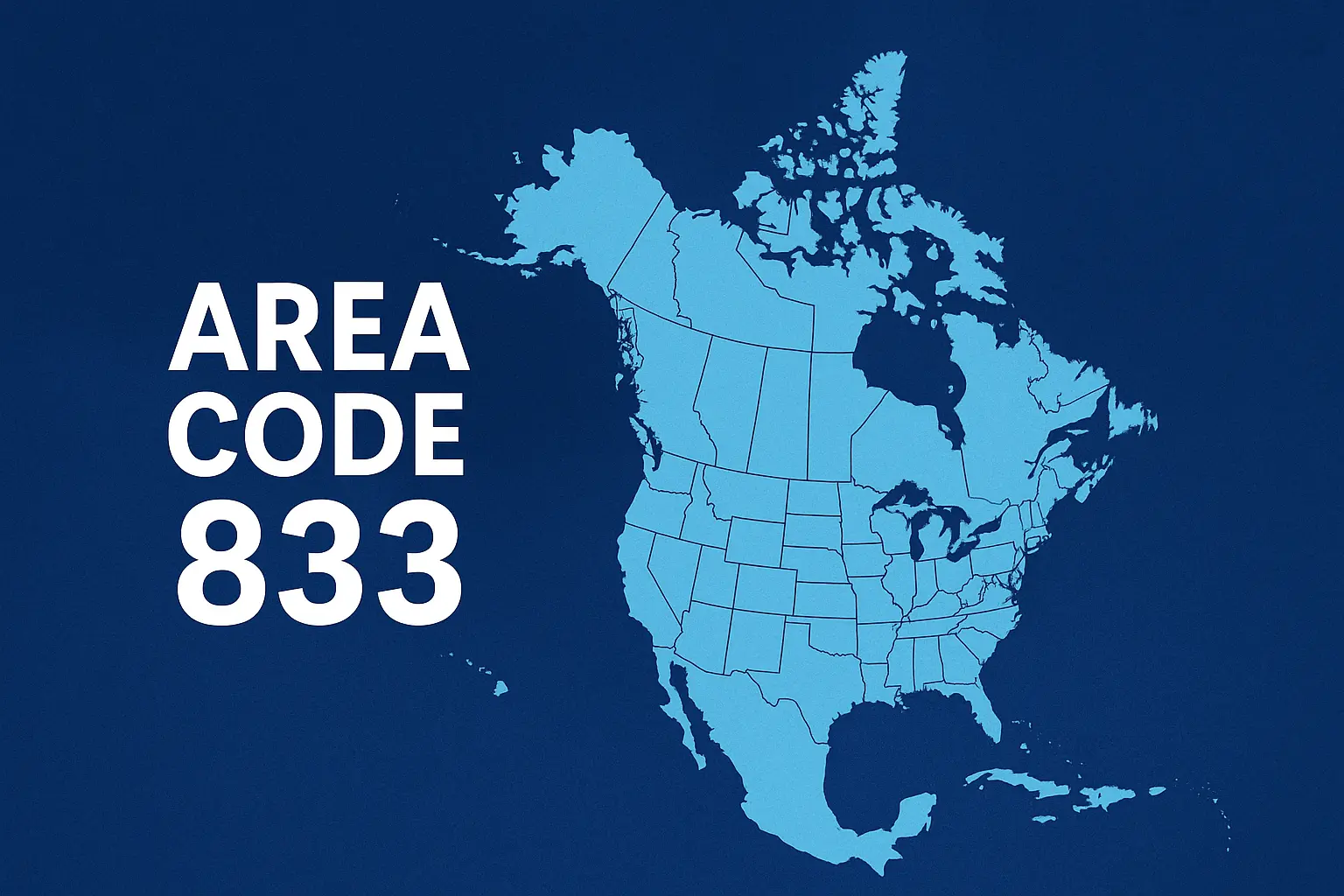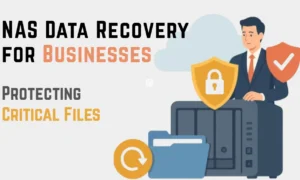You’re sitting with your phone when a call pops up from a number starting with 833. No name. No location. Just digits. You hesitate—should you answer, ignore it, or look it up? This kind of moment has become common as more toll-free numbers show up on our screens.
Area code 833 is one of them, but many people aren’t sure what it really means. Is it safe? Who’s behind it? Why do so many calls use this code? In this article, we’ll break it down in a simple way—what the 833 area code is, how it works, who actually uses it, and how to stay safe from unwanted calls.
What is 833 Area Code?
The 833 area code became active in June 2017 as part of an effort to expand toll-free calling options under the North American Numbering Plan (NANP). Introduced by the Federal Communications Commission (FCC), it joined the family of toll-free codes like 800, 844, 855, 866, 877, and 888.
What sets these numbers apart is their purpose—they let customers reach out to businesses, services, or support lines without paying for the call. It’s a system designed to remove cost barriers and make communication with companies more convenient and accessible.
Countries and Territories Utilizing Area Code 833
Area code 833 is part of the NANP, which includes the following countries and territories. United States (including all 50 states and territories like Puerto Rico, U.S. Virgin Islands, Guam, and Northern Mariana Islands).
- Canada
- Anguilla
- Antigua and Barbuda
- Bahamas
- Barbados
- Bermuda
- British Virgin Islands
- Cayman Islands
- Dominica
- Dominican Republic
- Grenada
- Jamaica
- Montserrat
- Saint Kitts and Nevis
- Saint Lucia
- Saint Vincent and the Grenadines
- Trinidad and Tobago
- Turks and Caicos Islands
How Does a Call to an 833 Toll-Free Number Work?

Step 1: The Caller Dials an 833 Number
When someone makes a call to a number beginning with 833, the process is similar to dialing any regular number. The call can originate from a landline, mobile device, or internet-based phone system in the United States, Canada, or any region within the North American Numbering Plan (NANP). Unlike standard calls, the person dialing is not billed for the call.
Step 2: The Network Identifies the Call as Toll-Free
The phone carrier immediately recognizes that the number begins with 833, a toll-free prefix. This tells the network that the handling process is different from local or long-distance calls. Before connecting the call, the carrier pauses briefly to gather instructions on how the call should be routed.
Step 3: A Lookup Is Performed in the SMS/800 Database
The phone provider contacts a national registry called the SMS/800 database. This system contains records of all toll-free numbers and their routing details. The database, managed by Somos, Inc., provides the name of the business or organization that owns the number and instructions on where to send the call.
Step 4: The Call Is Delivered to the Business
Once the routing information is retrieved, the call is directed to the destination the business has configured. This can include:
- A landline in a local office
- A mobile device used by staff or management
- A cloud phone system such as VoIP
- A centralized call center
- A virtual assistant or phone menu system
Routing can be customized based on time of day, department, or region to ensure that calls are always answered appropriately.
Step 5: The Business Covers the Cost
In contrast to regular calls where the caller may be charged, toll-free calls are paid for by the business receiving them. Charges typically depend on the length of the call, any special features used (such as call forwarding or recordings), and the service plan offered by their provider. This payment structure makes it easy for customers to call without hesitation, increasing the likelihood of interaction.
Conclusion
Toll-free numbers with the 833 area code have become an essential tool for businesses that want to stay accessible, professional, and customer-focused. From offering free calling to smart call routing and national reach, 833 numbers simplify communication while enhancing credibility.
































































